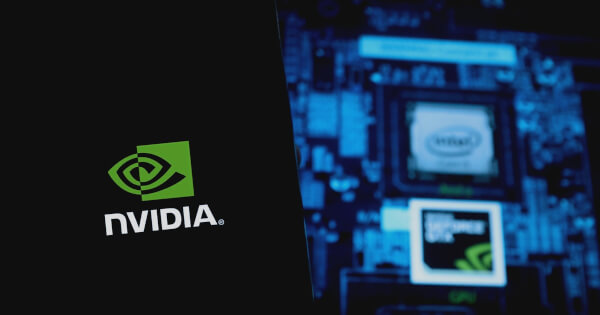Peter Zhang
Nov 10, 2025 23:31
Discover how GPU-accelerated Polars DataFrames enhance XGBoost model training efficiency, leveraging new features like category re-coding for optimal machine learning workflows.
The integration of GPU-accelerated Polars DataFrames with XGBoost is set to revolutionize machine learning workflows, according to NVIDIA’s latest blog post. This advancement leverages the interoperability of the PyData ecosystem to streamline data handling and enhance model training efficiency.
GPU Acceleration with Polars
Polars, a high-performance DataFrame library written in Rust, offers a lazy evaluation model and GPU acceleration capabilities. This allows for significant optimization in data processing workflows. By using Polars with XGBoost, users can exploit GPU acceleration to speed up their machine learning tasks.
Polars operations are typically lazy, building a query plan without executing it until directed. For executing a query plan on a GPU, the collect method of the LazyFrame can be used with the engine="gpu" parameter.
Integrating Categorical Features
The latest release of XGBoost introduces a new category re-coder, facilitating the seamless integration of categorical features. This is particularly beneficial when processing datasets with a mix of numerical and categorical data, such as the Microsoft Malware Prediction dataset used in NVIDIA’s tutorial.
To fully harness the power of Polars and XGBoost, users need to ensure the installation of necessary libraries, including xgboost, polars[gpu], and pyarrow. These libraries enable the zero-copy transfer of data between Polars and XGBoost, enhancing data exchange efficiency.
Optimizing Model Training
In the example provided, a binary classification model is trained using XGBoost with GPU-enabled Polars DataFrames. The tutorial demonstrates the use of Polars’ scan_csv method to read data lazily and optimize performance.
By converting a lazy frame to a concrete DataFrame using the GPU, users can achieve optimal performance during model training. The integration of Polars’ GPU acceleration with XGBoost’s capability to handle categorical features on the GPU significantly boosts computational efficiency.
Automatic Re-coding of Categorical Data
XGBoost now automatically re-codes categorical data during inference, eliminating the need for manual re-coding. This feature ensures consistency and reduces the risk of errors during model deployment.
The re-coder’s efficiency is evident, particularly when dealing with a large number of features. By performing re-coding in-place and on-the-fly, XGBoost can handle categorical columns simultaneously using a GPU, enhancing overall performance.
Future Implications
With these advancements, users can build highly efficient and robust GPU-accelerated pipelines. The combination of Polars and XGBoost unlocks new performance levels in machine learning models, streamlining workflows and optimizing resource utilization.
For further details, visit NVIDIA’s official blog post here.
Image source: Shutterstock
